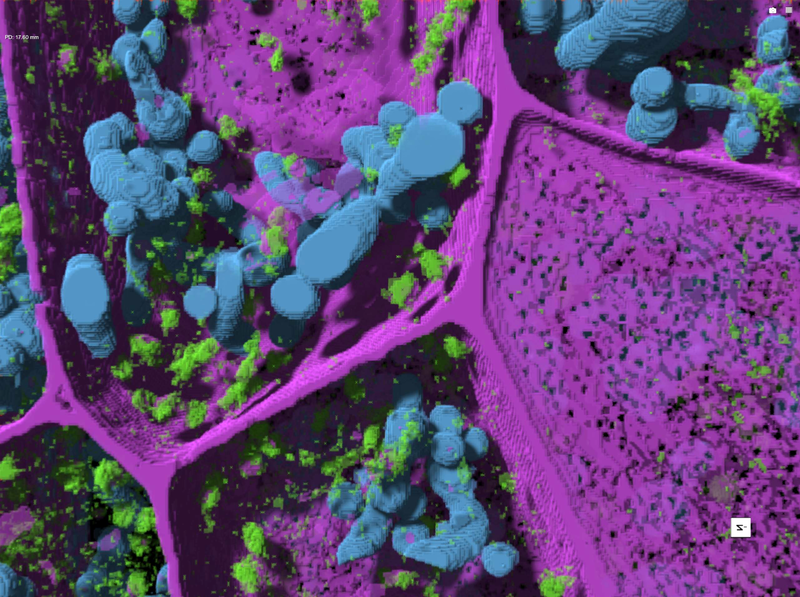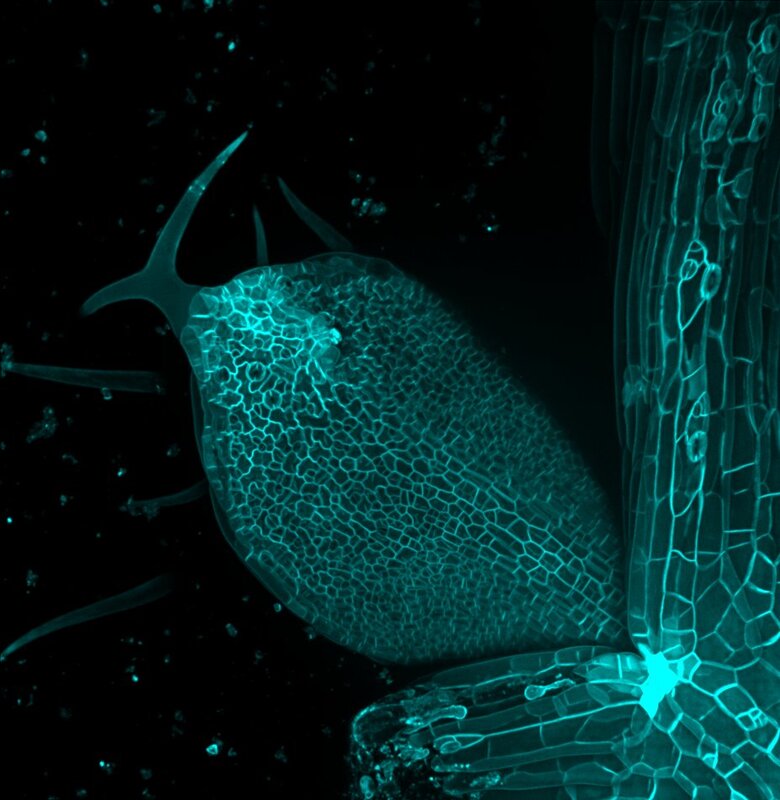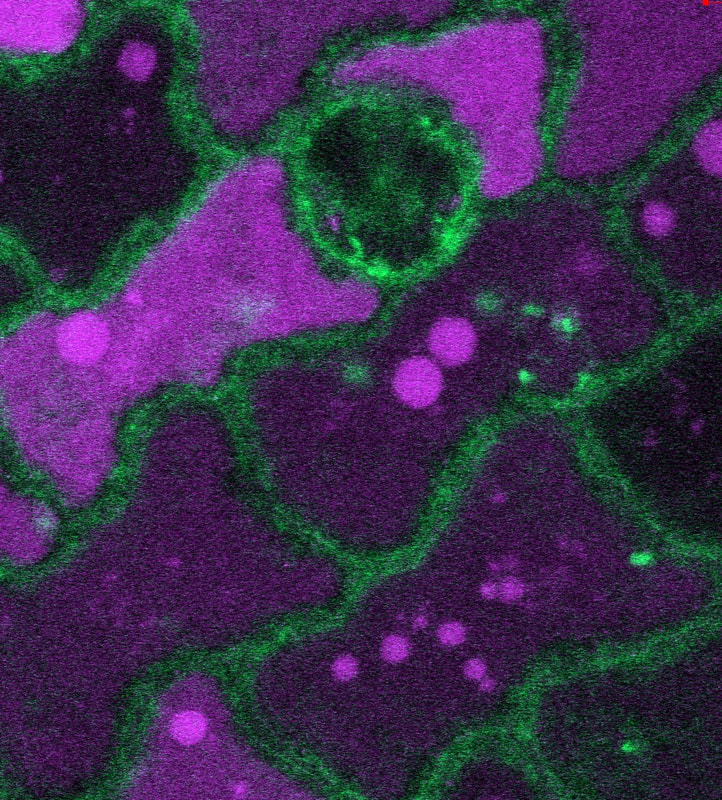Annual PCA Travel Award
The PCA Travel Award is designed to assist one to two Black, Latine, or Indigenous scientists to attend one in person conference per year. The conference is either ASPB's annual Plant Biology Conference (even years) or a PCA designed Gordon Research Conference (odd years).
Previous Awardees
See below for eligibility requirements and the link to the application form. The deadline to apply is April XX, 2023.
The award recipient(s) will receive:
Previous Awardees
- 2022 Plant Biology
- 2023 GRC on Single-Cell Approaches in Plant Biology
See below for eligibility requirements and the link to the application form. The deadline to apply is April XX, 2023.
The award recipient(s) will receive:
- Full funding for registration fees.
- Full funding for travel and accommodations (included in GRC registration fee).
- Administrative assistance in making arrangements for travel and accommodation (if needed).
- Introduction to PCA members and activities, before and during the conference.
- Access to 1-2 mentors to provide assistance navigating the conference who will remain connected with the awardee after the conference ends.
To Apply
Use the button below to access the application form. To apply you will need to provide:
- First and Last Name
- Email address
- Affiliate Institution
- Position Title
- Demographic Information
- A statement on how attending the 2023 GRC on Single-Cell Approaches in Plant Biology will help your scientific career (500 word limit).







